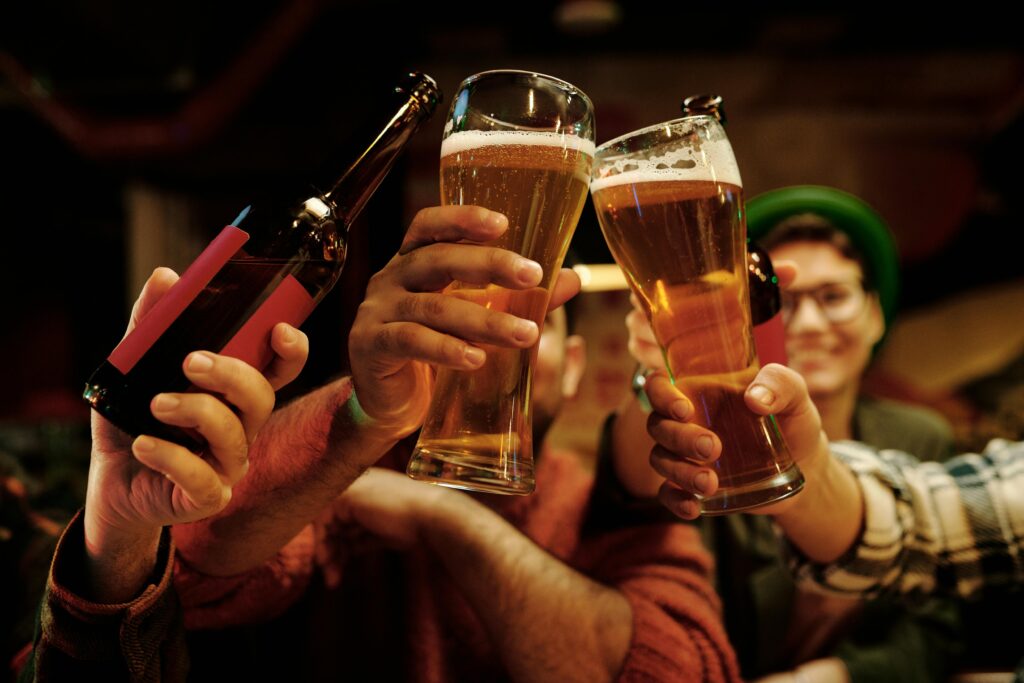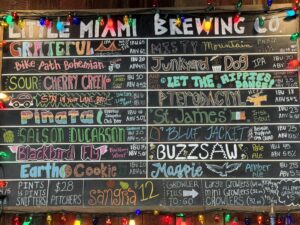Introduction
Nothing tugs at the heartstrings like chugging down the elixir of all mirth and joy called craft beer. Between bouts of happiness and delight while consuming the delicious beverage, it is only natural to feel curiosity, to pose the quintessential question, “Good lord, how is craft beer made?” Fret not because we at the Little Miami Brewing Company believe in sharing and brotherhood (as long as you do not intend to become our competitor!) Jokes and beer, we brew them all too well as evident by the variety of craft beers available for our patrons. Let us spill the trade secret of good craft beers for you so maybe you can also be part of the 9,552 craft breweries in the United States. Hop on (pun intended)!
Outline of the brewing process
The starting point is the “grain” and the conclusion is a fine pour in a “glass” or straight from the can.
Malting: The first preparation
The ingredients are the foundation of a good brew. Seeds of high grade barley or other grain of choice are steeped in water to activate starch enzymes which later assist the yeast in fermentation, but you have to halt the germination before they sprout. If you have been keeping up thus far and have also dried the seeds to lower down the moisture without even our instruction, you should have some fine malted barley, rich in enzymes and a good craft beer waiting to be brewed. Last comes roasting your grains. Maltsters use various other types of grains and methods of roasting to bring out distinguished flavours.
Mashing, Lautering and the Wort
Next, in a mash tun the grains meet with hot water. The activated enzymes now begin breaking down the starches into sugars. This is mashing. Wort is the sugar syrup left behind after separating the remaining grains through lautering. Through this, we are able to extract the wort which is the base of the craft beer.
It’s Hop-ing time
A brew kettle is your go to for bringing the wort to a high boil. It is now that hops and spices are added to the wort to achieve bitterness and flavor. They also function as stability agents and have excellent preservative qualities. Craft beer connoisseurs refer to the International Bitterness Units (IBUs) as they hold the key to its taste. Well, of course, the hops are responsible for this as they are for a good brew.
Fermentation
Based on the yeast and fermentation procedure, the beer splits into two categories here- ales and lagers. The yeast is added to the intermediate product in a fermenting vessel where it starts creating alcohol and carbonization. The yeast in ales is called top cropping as it forms a foamy layer on top. Ales as compared to lagers are stored for a shorter time. Lagers are stored for a longer period of time before they are ready to drink.
Cracking Open a Cold One
If you’ve diligently followed so far, you are complicit in the secret of awesome craft beer brewing. Once all this is done and the brewmaster deems fit, the beer undergoes multiple taste tests and is passed for packaging. That is how breweries across the United States manage to enchant you with pints of liquid gold filling your glasses to the brim. A grandma’s hand knit sweater and craft beer have in common that both require intense care, precision, patience and love. It is an act of love after all.




